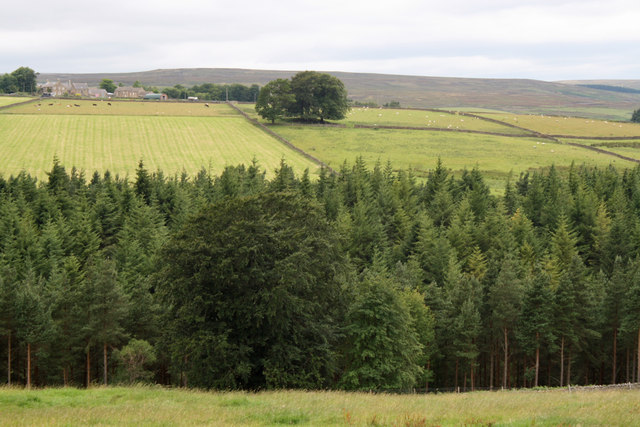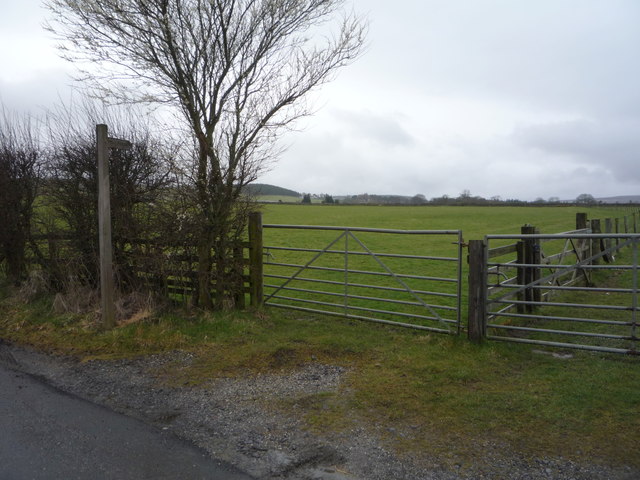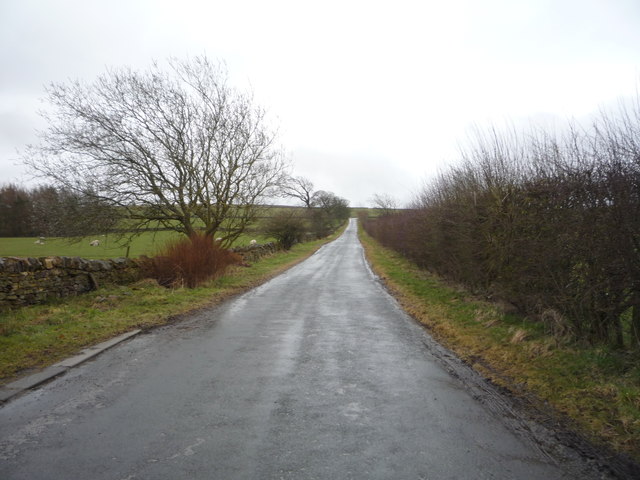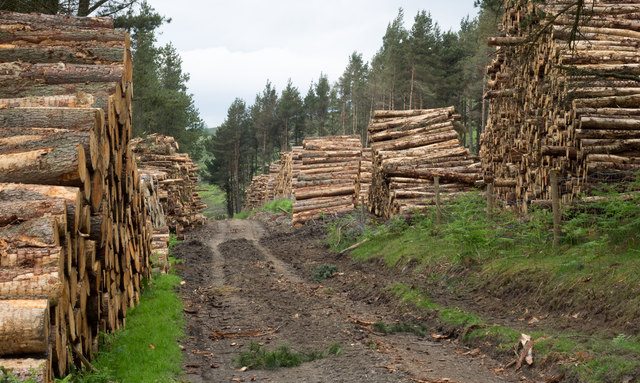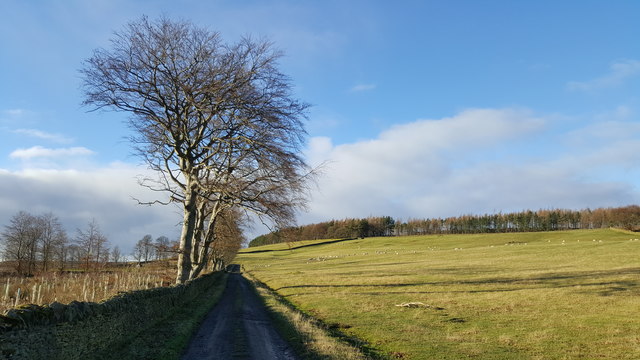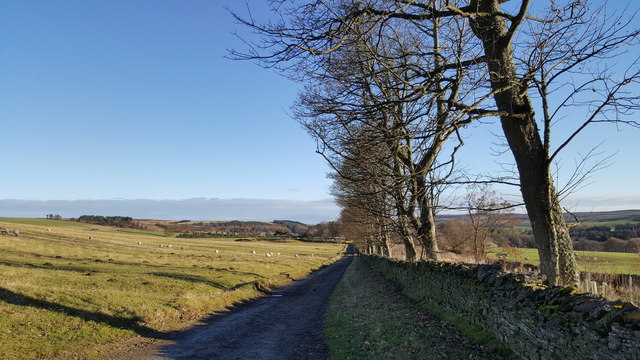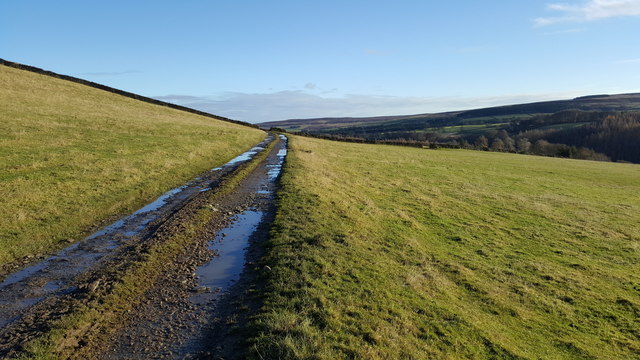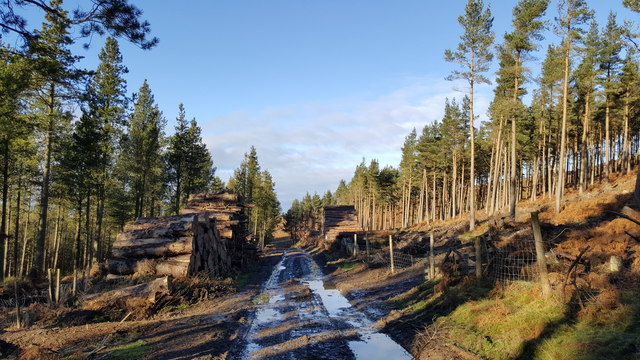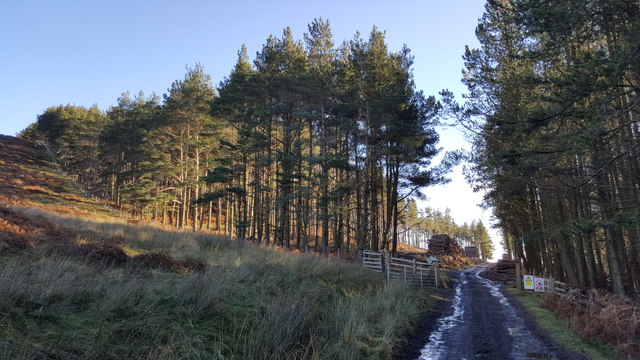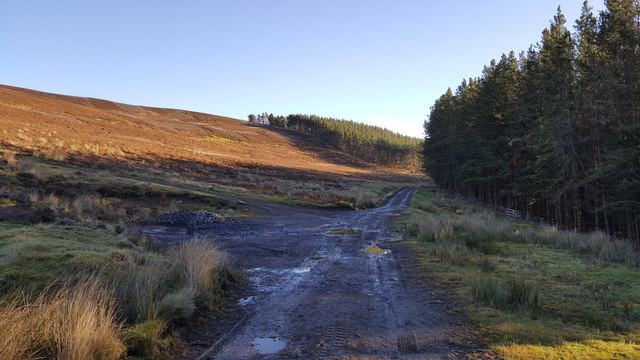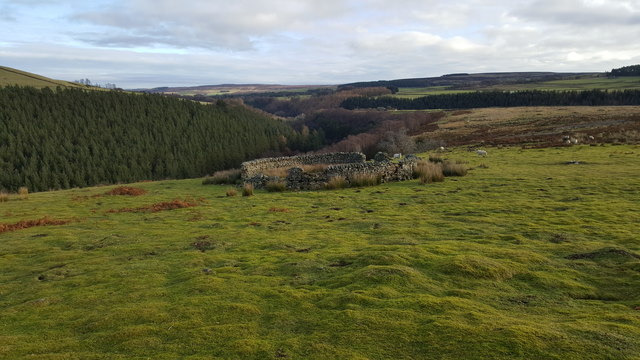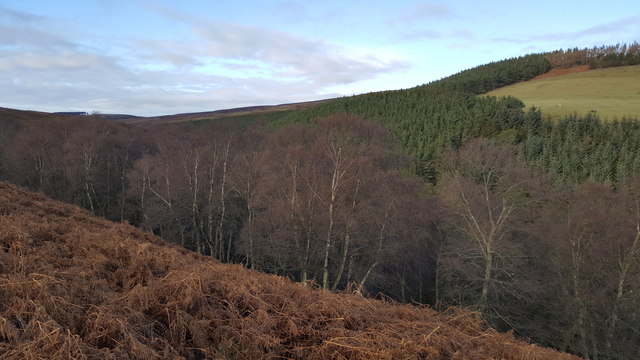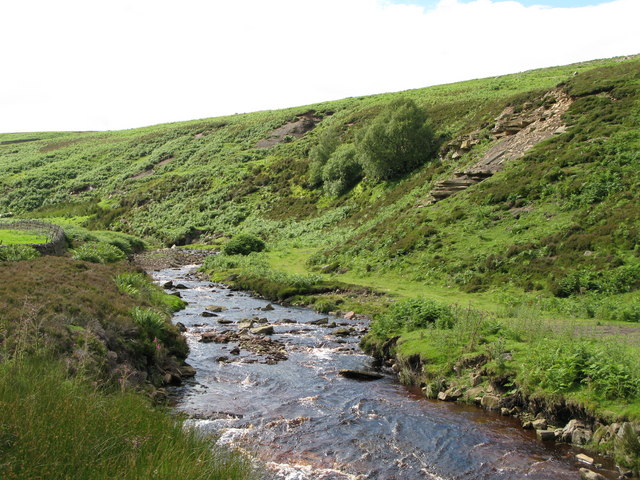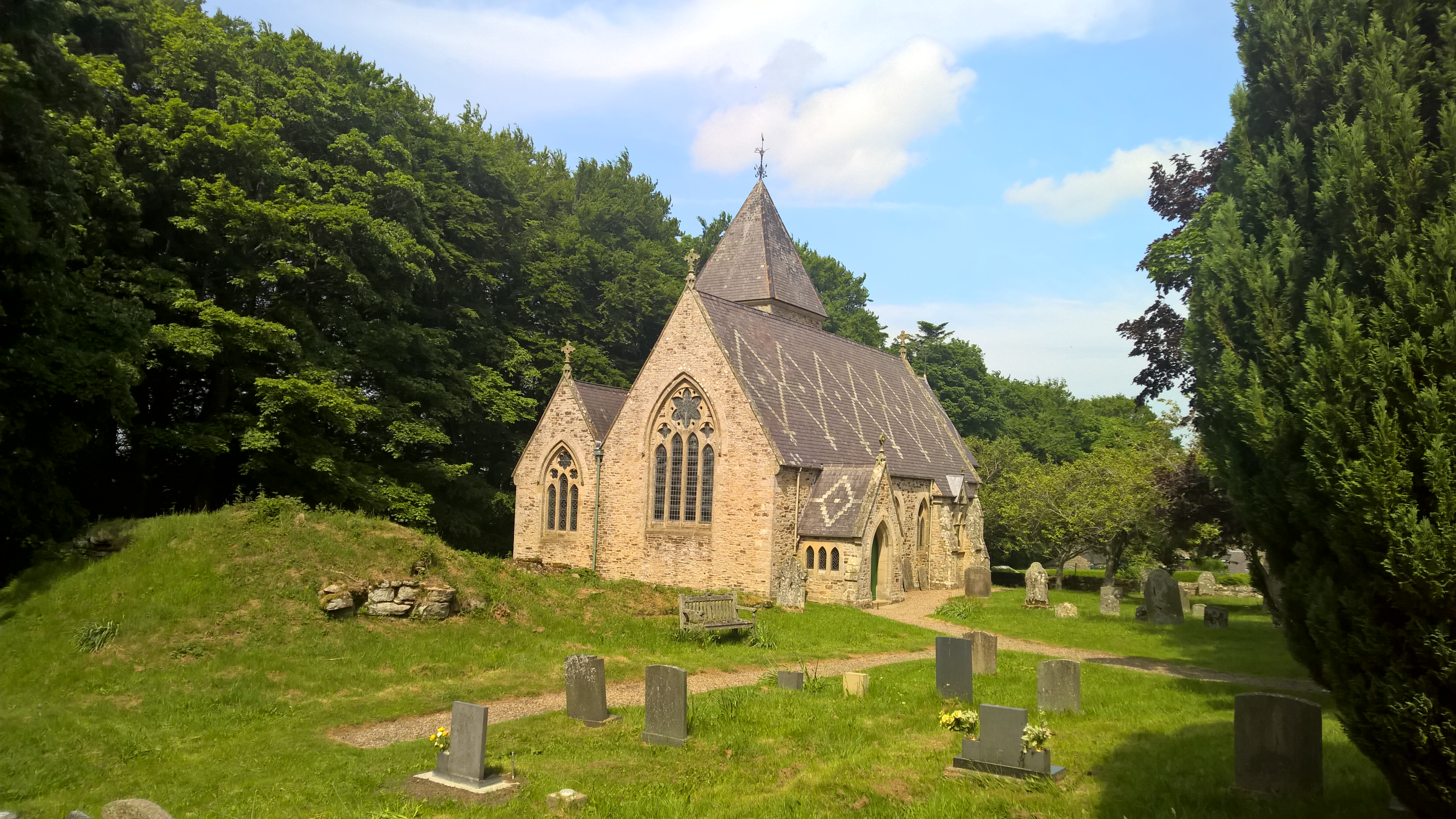Gardenhouse Plantation
Wood, Forest in Durham
England
Gardenhouse Plantation
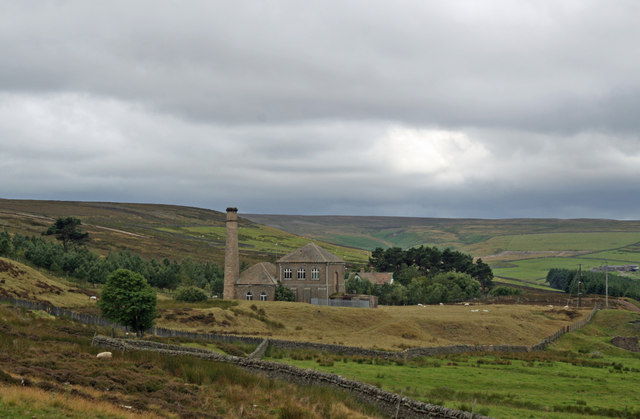
Gardenhouse Plantation, located in Durham, is a picturesque woodland area known for its lush greenery and diverse plant life. Spread over a vast expanse, the plantation encompasses a variety of tree species, creating a serene and tranquil environment. The predominant trees in this woodland are oak, beech, and birch, which contribute to the overall beauty of the area.
The plantation is home to numerous plant species, both native and introduced. The forest floor is adorned with a carpet of ferns, mosses, and wildflowers, adding to the charm of the surroundings. The undergrowth provides a habitat for various animals, including rabbits, squirrels, and a plethora of bird species. Birdwatchers can often be found in the area, captivated by the diverse birdlife that thrives within the woodland.
Gardenhouse Plantation offers visitors the opportunity to explore nature at its finest. There are well-maintained walking trails that meander through the plantation, providing visitors with an immersive experience in the natural beauty of the forest. The trails are ideal for hiking, jogging, or simply enjoying a leisurely stroll amidst the calming ambiance of the woodland.
The plantation also serves as an educational resource, with guided tours and informational boards available to provide insights into the various plant and animal species found within the area. These resources help visitors learn about the importance of preserving and protecting the delicate ecosystem that exists within Gardenhouse Plantation.
Overall, Gardenhouse Plantation is a haven for nature lovers and those seeking solace in the embrace of a serene woodland. Its diverse plant and animal life, coupled with well-maintained trails and educational resources, make it a must-visit destination for anyone looking to immerse themselves in the beauty of Durham's natural landscape.
If you have any feedback on the listing, please let us know in the comments section below.
Gardenhouse Plantation Images
Images are sourced within 2km of 54.839782/-2.0759516 or Grid Reference NY9549. Thanks to Geograph Open Source API. All images are credited.

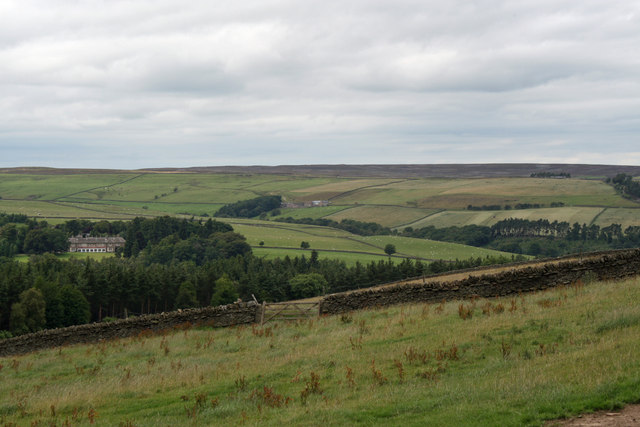
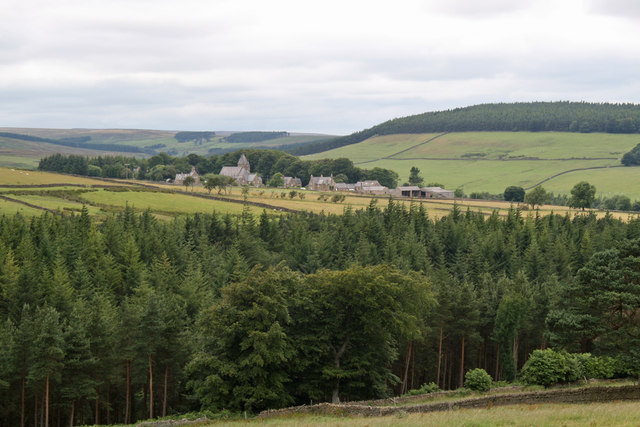
Gardenhouse Plantation is located at Grid Ref: NY9549 (Lat: 54.839782, Lng: -2.0759516)
Unitary Authority: County Durham
Police Authority: Durham
What 3 Words
///contour.states.greyhound. Near Slaley, Northumberland
Nearby Locations
Related Wikis
Beldon Burn
Beldon Burn is a headwater stream of the River Derwent in Northumberland and County Durham, England.It rises at Quickcleugh Moss as the Quickcleugh Burn...
Hunstanworth
Hunstanworth is a village in County Durham, England. It is situated approximately 10 miles to the west of Consett, south-west of the village of Blanchland...
Baybridge, Northumberland
Baybridge is a small village in Northumberland, England, just to the west of Blanchland and on the border with County Durham. It is situated to the west...
Townfield
Townfield is a village in County Durham, in England. It is situated just to the south of Hunstanworth and part of that parish, about 10 miles (16 km) west...
Blanchland
Blanchland is a village in Northumberland, England, on the County Durham boundary. The population of the civil parish at the 2011 census was 135.Set beside...
Blanchland Abbey
Blanchland Abbey at Blanchland, in the English county of Northumberland, was founded as a premonstratensian priory in 1165 by Walter de Bolbec II, and...
Ramshaw, Consett
Ramshaw is a small village in County Durham, in England. It is situated to the south of Hunstanworth, a few miles west of Consett. Lead mining was an important...
Muggleswick, Stanhope and Edmundbyers Commons and Blanchland Moor
Muggleswick, Stanhope and Edmundbyers Commons and Blanchland Moor is a Site of Special Scientific Interest in County Durham and Northumberland, England...
Nearby Amenities
Located within 500m of 54.839782,-2.0759516Have you been to Gardenhouse Plantation?
Leave your review of Gardenhouse Plantation below (or comments, questions and feedback).
